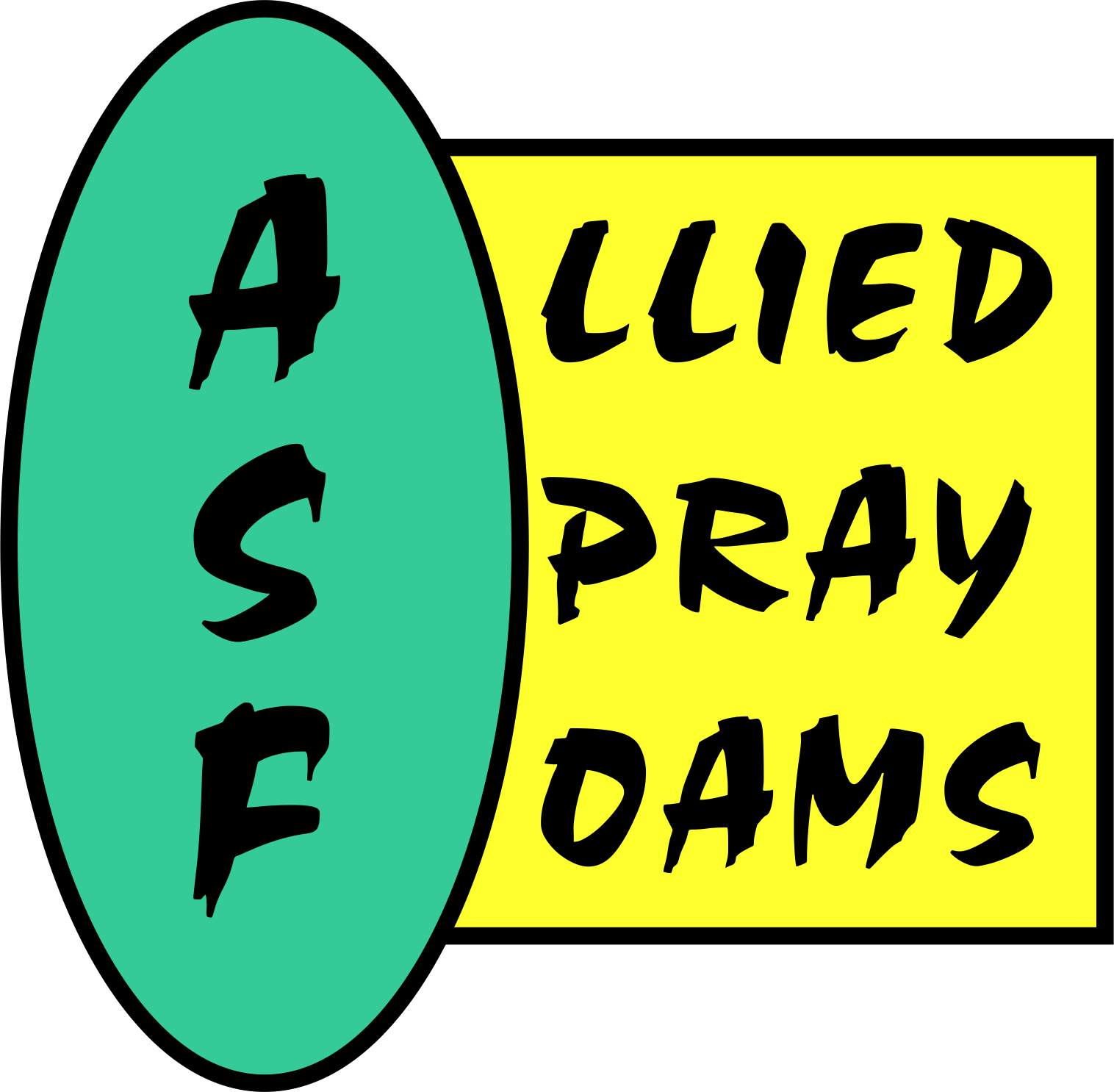What You Should Know About Mold
Enhanced Approach to Managing Mold and Moisture in Indoor Environments
Mold exposure can lead to various health issues, predominantly allergic reactions, asthma episodes, and a range of respiratory conditions. While it’s virtually impossible to eliminate all mold and spores in indoor settings, effective mold management primarily revolves around controlling moisture levels.
Strategies for Mold Prevention and Control:
- Mold Remediation: If mold becomes a concern in homes or educational institutions, it is crucial to promptly address it by cleaning the affected areas and addressing moisture sources.
- Water Source Management: Identify and rectify any leaks or water problems to prevent mold proliferation.
- Humidity Regulation: Maintain indoor humidity levels between 30-60% to inhibit mold growth. This can be achieved by:
- Ventilating moisture-heavy areas like bathrooms and laundry rooms directly outdoors.
- Utilizing air conditioners and dehumidifiers.
- Increasing overall ventilation.
- Employing exhaust fans during activities that generate moisture, such as cooking and cleaning.
- Prompt Drying: Ensure damp or wet building materials and furnishings are dried within 24-48 hours to avert mold development.
- Surface Cleaning: Remove mold from hard surfaces using water and detergent, ensuring complete drying afterward. For absorbent materials like ceiling tiles that have become moldy, replacement may be necessary.
- Condensation Reduction: Minimize condensation on cold surfaces such as windows, pipes, and exterior walls by enhancing insulation. Open-cell spray foam insulation is particularly effective due to its low air permeability, offering both insulation and mold growth prevention.
Implementing these strategies not only aids in managing mold growth but also contributes to creating a healthier, more comfortable indoor environment. Regular monitoring and maintenance are key to sustaining these benefits over time.
